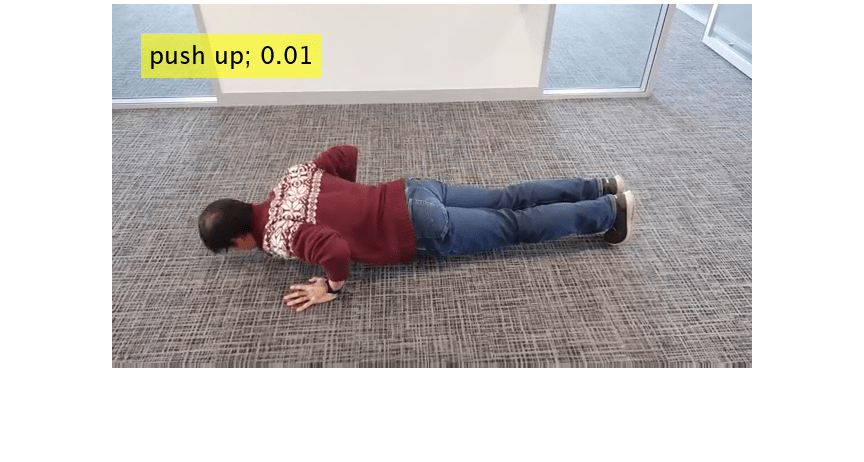predict
Syntax
Description
dLYVideo = predict(classifier,dlXVideo)classifier is
specified as a r2plus1dVideoClassifier or
slowFastVideoClassifier classifier object.
[
also returns the updated video network state. The output, dLYVideo,stateVideo] = predict(classifier,dlXVideo)stateVideo,
contains information between training iterations maintained by the classifier. For example,
the state of batch normalization operation.
[
also returns the optical flow predictions from the classifier for training. Use this syntax
when you set the dLYVideo,dlYFlow] = predict(classifier,dlXVideo,dlXFlow)OpticalFlowMethod property of the classifier object to
"Farneback".
[
also returns the updated video network and the optical flow network states.dLYVideo,dlYFlow,stateVideo,stateFlow] = predict(classifier,dlXVideo,dlXFlow)
Examples
Input Arguments
Output Arguments
Version History
Introduced in R2021b
